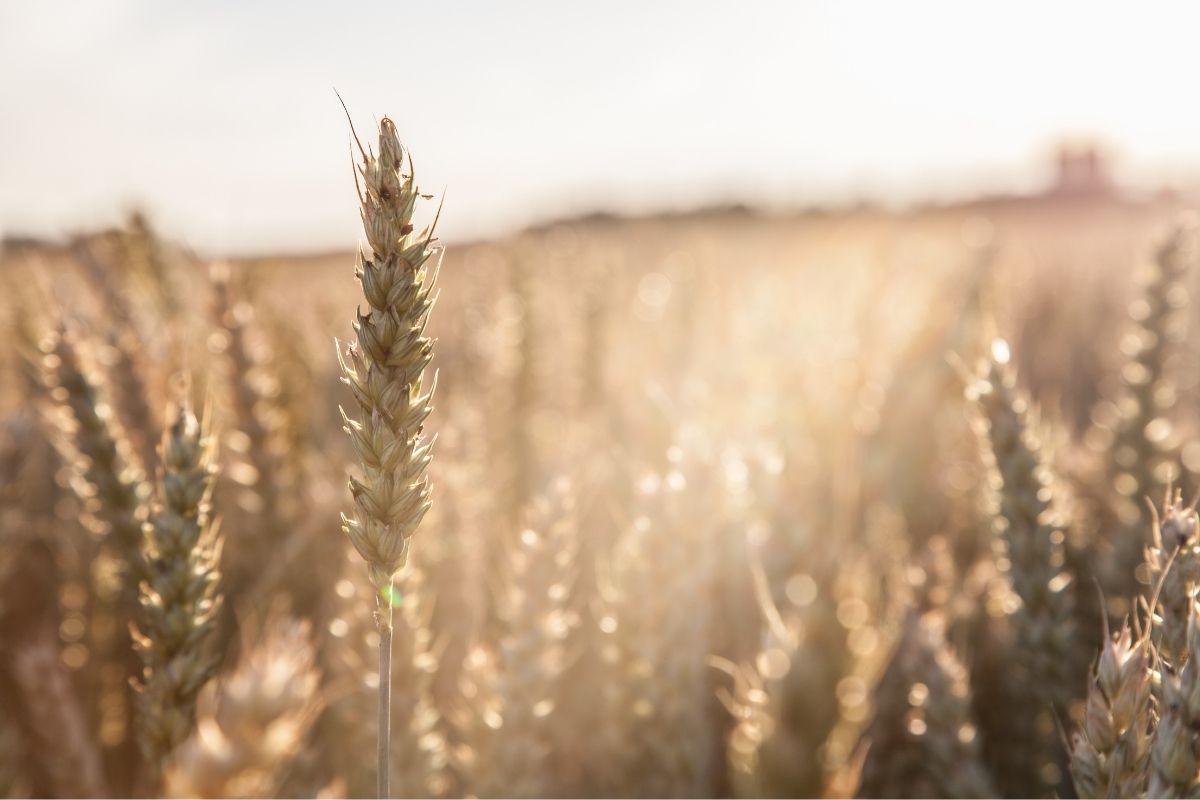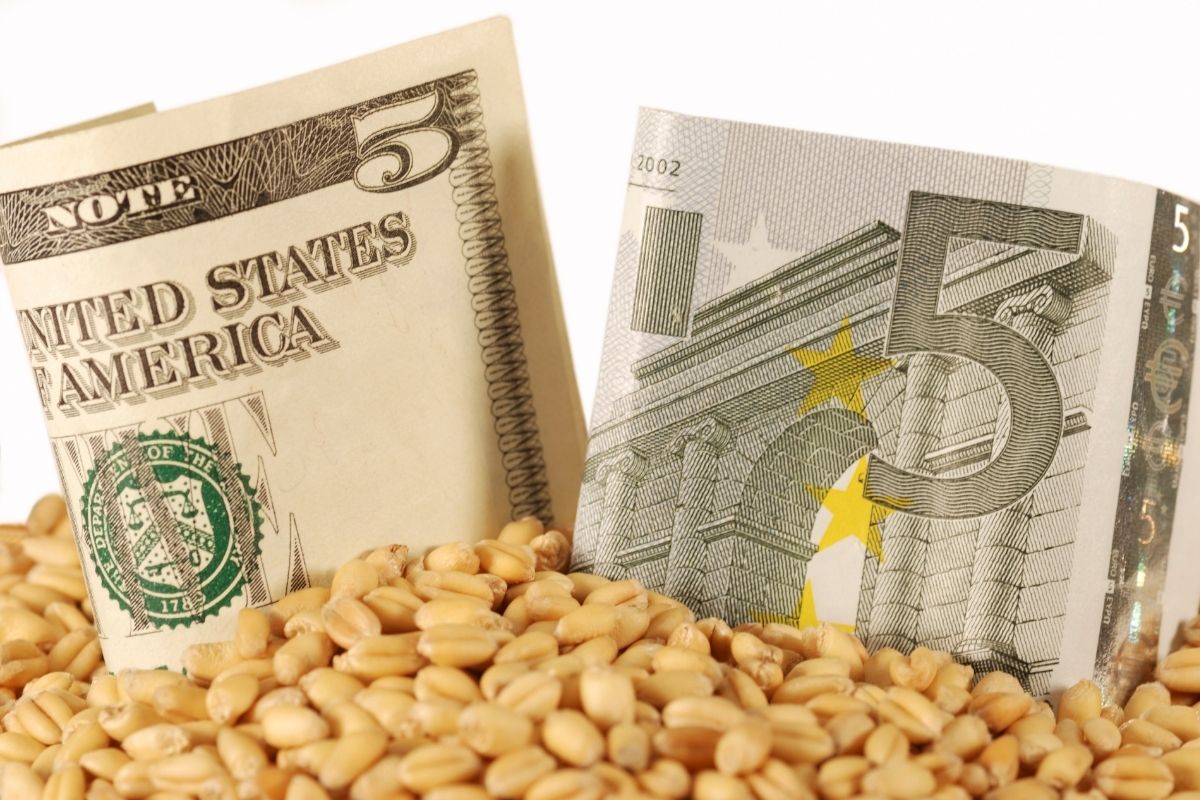The price of nearly everything at the grocery store is on the rise and coverage might be exacerbating it.
Federally subsidized crop insurance programs have incentives built in that can, in certain circumstances, make it more profitable for farmers to abandon their attempts to grow than it is to plant a field of food.
The weather conditions this year are playing into those circumstances, further risking the US food supply.
Unusually cold and wet weather in many Midwestern states, such as Minnesota, have meant that only a small percentage of spring wheat crops were in the ground as of last week. Last year, 100 percent of spring wheat crops were in the ground by the same time. This part of the country is known to be one of the largest contributors to the nation’s breadbasket, but farmers remain far behind their typical planting pace. Moreover, if the same conditions continue, many farmers will opt not to plant at all.

The reason is that after a certain point, it is more profitable for farmers to file a crop insurance claim than it is to take the risk on planting fields with wheat as well as corn and soybeans. This leaves their farms idle and sends the price of those foods skyward. With prices already skyrocketing, this is the last thing the food crisis needs.
As of yet, crop insurance data with the number of affected fields has yet to be tallied for the season.
That said, according to a report published by the Washington Post, the situation is a precarious one. The report speculated that the number of affected fields could be in the millions. Deadlines are rapidly approaching, forcing farmers to have to make a decision regarding whether they will be planting or filing a claim.
The report called for lawmakers to work to shift incentives in favor of planting, instead of giving up on fields for the season because filing a claim is the more profitable option.
The report didn’t criticize the need for crop insurance coverage. It acknowledged the risk associated with farming. The issue it pointed to was that the current nature of crop insurance coverage has farmers choosing between filing a claim and growing anything at all. When they have the opportunity to file a claim and be more profitable than taking the risk, no food at all is produced in those fields. At a time of food crisis, the issue associated with that strategy is placed in the spotlight.

